Chromatography Quiz #23 Results
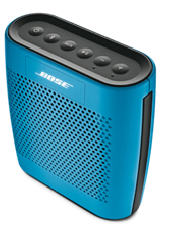 Pickering Labs would like to congratulate our winners of our last newsletter’s AAA quiz: Wanda Ingersoll from Mississippi Public Health Lab, David Green from Pepperdine University Natural Science Division, Narjes Ghafoori from LA County Environmental Toxicology Lab, and Helene Lachance from Shur-Gain Nutreco!
Pickering Labs would like to congratulate our winners of our last newsletter’s AAA quiz: Wanda Ingersoll from Mississippi Public Health Lab, David Green from Pepperdine University Natural Science Division, Narjes Ghafoori from LA County Environmental Toxicology Lab, and Helene Lachance from Shur-Gain Nutreco!
They have each won and will shortly be receiving: a Bose SoundLink Color Bluetooth Speaker! A lightweight-compact wireless speaker in a stylish-vibrant color! Connect to any bluetooth device and take your tunes to go! We hope our quiz winners enjoy their prizes for the remainder of the summer and beyond!
Thank you all for your submissions!
The correct answer to the Polyether Antibiotics Analysis quiz:
It was beautifully answered by one of our winners. Here is their response:
Multiple Choices:
A) Bad lamp
B) Reference Wavelength
C) Sampling rate
D) All of the above
“This appears to be a really bad choice of reference wavelength. The vanillin absorbs like crazy from 200-350 nm. At almost 60g/L the reference absorption will be topped out at >4AU. No DAD detector I know of can handle this. The noise is simply the remaining electronic noise from the 360 nm (plus bandwidth) diodes on the array. The solution is to move the ref wavelength out to, say, 600 nm since the antibiotics probably don't absorb there or, better, turn off the ref wavelength, acquire and store whole spectra, and do post-processing after the analysis when a clear region of the spectrum can be found.”
Chromatography Quiz #24: Glyphosate Peak Shape
What caused the bad Glyphosate peak shape in the troubleshooting (red) chromatogram below? Simply email your answer as well as your full contact information to Rebecca at rlsmith@pickeringlabs.com by October 1st, 2016 in order to win. You will receive email confirmation that your submission has been received. The answer to the quiz and winner congratulations will be published in the next issue (to be anonymous, please notify Rebecca in submission).
Glyphosate Analysis – Bad Peak Shape
Pinnacle PCX post-column instrument is being used, in a traditional HPLC setup as recommended by Pickering Laboratories. The reference (blue) signal and troubleshooting (red) signal are overlaid in the chromatogram below. The quiz question: what is causing the bad peak shape?
Hint: Please assume the same reagent, column, and method are being used for both chromatograms.
Normal/reference post-column conditions for glyphosate analysis:
Reagent 1: GA116 – hydrolysis reagent
Reagent 2: GA104 with OPA and Thiofluor
Reactor: 36 °C, 0.5 mL
Reagent flow rate: 0.3 mL/min
Injection volume: 100uL

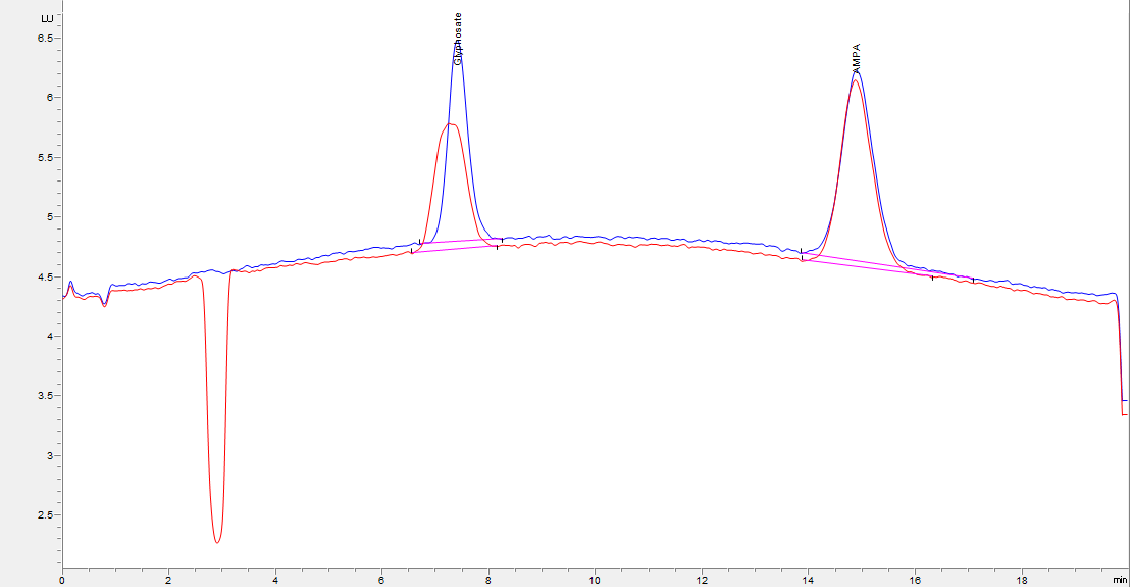
 Consumer use of herbal supplements for wellness has been increasing in recent years, according to the American Herbal Products Association (AHPA). Their website is the self-proclaimed voice of the herbal and botanical products industry, and an excellent resource for laboratories interested in providing testing services to this growing market sector. At the Supply Side West show, they held numerous committee meetings (Analytical Laboratories, Personal Care, Sports Nutrition and Cannabis to name a few) where solutions to various industry issues are discussed
Consumer use of herbal supplements for wellness has been increasing in recent years, according to the American Herbal Products Association (AHPA). Their website is the self-proclaimed voice of the herbal and botanical products industry, and an excellent resource for laboratories interested in providing testing services to this growing market sector. At the Supply Side West show, they held numerous committee meetings (Analytical Laboratories, Personal Care, Sports Nutrition and Cannabis to name a few) where solutions to various industry issues are discussed 
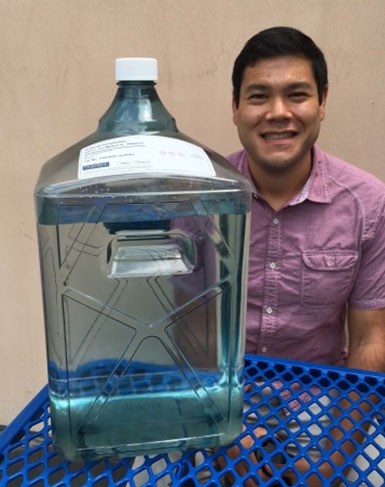
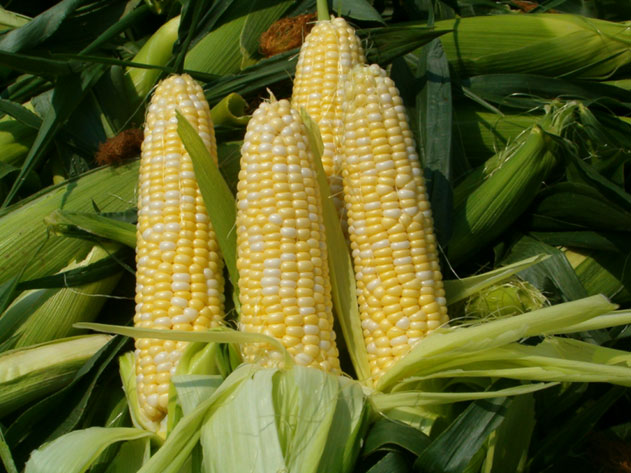 As the scrutiny of Glyphosate grows in the United States, a U.S. Government Accountability Office report has criticized the Food and Drug Administration (FDA) for not sufficiently monitoring residues of the chemical on foods. This February, the FDA announced testing of Glyphosate in foods including soybeans, corn, milk, and eggs. Meanwhile, consumer groups, academics and testing laboratories have claimed to have detected Glyphosate in breast milk, honey, cereal, wheat flour, soy sauce, and infant formula as well.
As the scrutiny of Glyphosate grows in the United States, a U.S. Government Accountability Office report has criticized the Food and Drug Administration (FDA) for not sufficiently monitoring residues of the chemical on foods. This February, the FDA announced testing of Glyphosate in foods including soybeans, corn, milk, and eggs. Meanwhile, consumer groups, academics and testing laboratories have claimed to have detected Glyphosate in breast milk, honey, cereal, wheat flour, soy sauce, and infant formula as well.

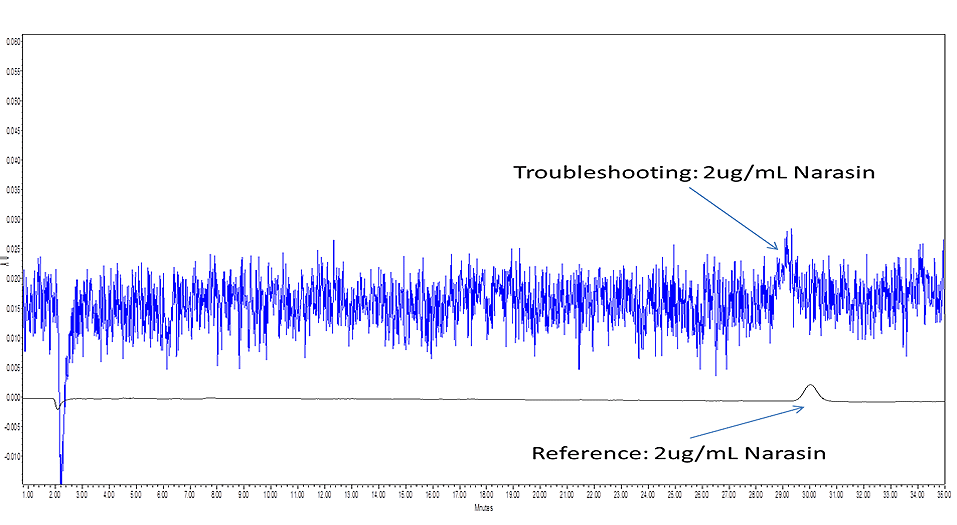
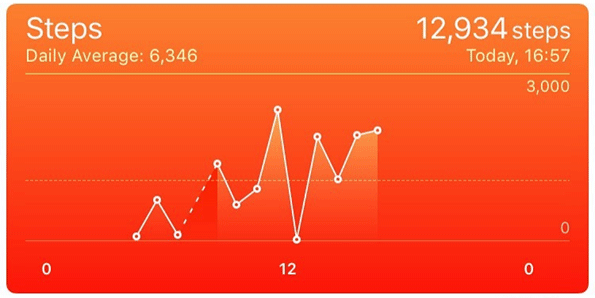
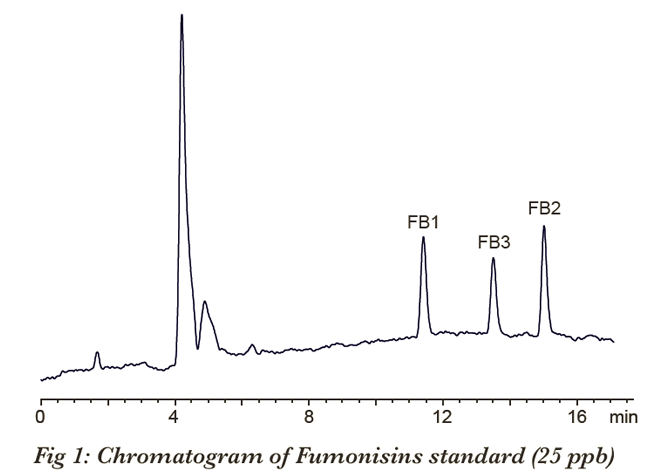 Analysis of Mycotoxins is an important part of food and feed safety. As regulations tighten laboratories all around the world expand their testing capabilities to include analysis for different types of toxic fungi metabolites. Pickering Laboratories has a diverse line of products designed for Mycotoxins analysis, including Pinnacle PCX post-column derivatization system, UVE photochemical reactor and immumoaffinity columns. We also developed several methods for single families of Mycotoxins as well as multi-residue protocols.
Analysis of Mycotoxins is an important part of food and feed safety. As regulations tighten laboratories all around the world expand their testing capabilities to include analysis for different types of toxic fungi metabolites. Pickering Laboratories has a diverse line of products designed for Mycotoxins analysis, including Pinnacle PCX post-column derivatization system, UVE photochemical reactor and immumoaffinity columns. We also developed several methods for single families of Mycotoxins as well as multi-residue protocols.
